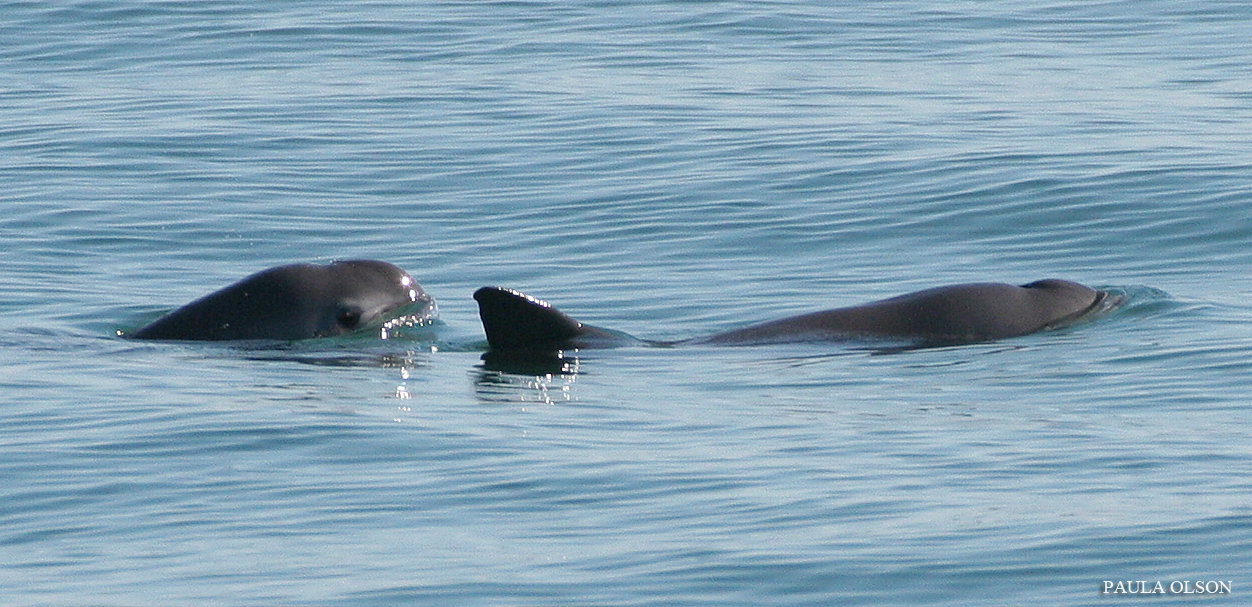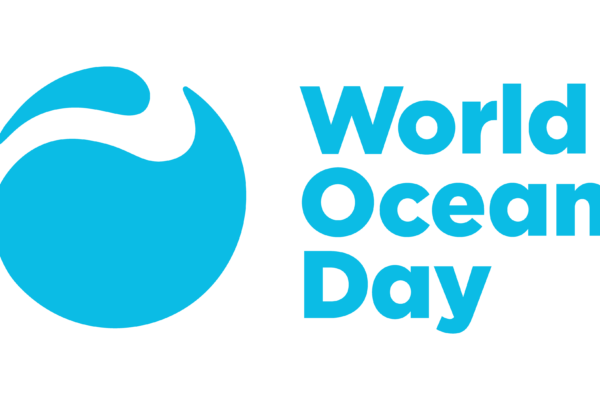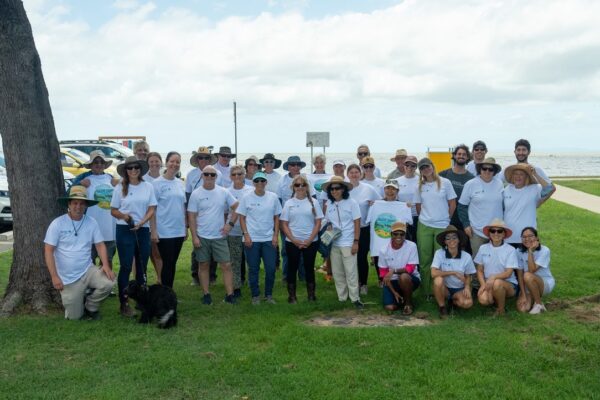Photo: Paula Olson for NOAA https://flic.kr/p/zerNcQ
Post by David Bader, Aquarium of the Pacific
A tiny porpoise is struggling for its survival in Mexico. Gillnets set for shrimp and fish have reduced the population to less than 30 animals. However, la vaquita marina, Phocoena sinus, is not extinct. The species holds on in the Upper Gulf of California, Mexico with only a remnant of their past population remaining. Good people from within and beyond the zoo and aquarium community are still working hard to help the species survive, nonetheless, the vaquita porpoise is likely to go extinct soon (aquariumofpacific.org/conservation/vaquita). For the past few years I have been working with conservationists to try and save this species. Now in hindsight I can see we did not learn from past mistakes. We once again forgot one of the most crucial elements: Conservation most often is about people, not biology. Our efforts were focused on the water when we should have been focused on the communities and people of the upper gulf.
Conservation efforts for the vaquita have been unsuccessful. A lack of timely public engagement, inefficiencies, corruption, and criminal wildlife trafficking are some of the many reasons I see for the lack of success in our conservation efforts. This has served to heighten our understanding of the complexities that can thwart our collective efforts to preserve biodiversity. The experience with the vaquita provides a lens by which we can look at conservation efforts generally and inspect where we went wrong, what we got right, and how we can apply these lessons to our current efforts, and efforts for other species similarly imperiled.
One thing stands out to me as a key area of focus that must be given more attention in future conservation efforts: we must do a better job of engaging stakeholders at all levels and work with them, not against them, to find solutions. We must do a better job of finding and applying expertise in working with people to solve our conservation problems.
It is undeniable in my view that this lack of inclusion and involvement with local stakeholders at all levels within the communities of the upper gulf worked against conservation success for the vaquita. For most of the history of vaquita population decline legal fisheries have been involved, first for the totoaba and then for shrimp. Entanglement in legally set gillnets has a large role to play in the problem and engagement of these fishermen and the community was lacking. This is not to say that local fishermen and other community members have not been involved. There are many brave fishermen that have participated in conservation efforts and have supported the scientists in defining and describing the decline of vaquita populations (aquariumofpacific.org/seafoodfuture/storiedseafood). Without their support the situation would be far worse. Many of these same people are also integral in supporting the gillnet removal projects, something that has certainly helped to slow the decline in vaquita populations. These local community members are exceptional, however, their engagement is the exception. Out of the hundreds of fishermen in the upper gulf only about 30 men have participated in the conservation efforts. A study completed by Dr. Whitty of Scripps Institution of Oceanography showed that most people in the Upper Gulf feel alienated from and disenfranchised by the conservation efforts. Very little has gone into developing broad public support and understanding of the underlying issues. From my perspective the Mexican government has failed to make fisheries management policies transparent or equitable in their application. Conservation success has meant a ban of nearly all fishing in the Upper Gulf, something that previously supported 80-90% of local economy. The people of the upper gulf have been left to fend for themselves and to try to make sense of a dire situation for their families. Social Scientists, people who specialize in working with people in communities, should have been brought in earlier in the development of conservation strategies. Through them a greater focus on developing relationships and conservation actions that support both the community members and the vaquita might have been established. While some programs did exist, they were not implemented to the scope and scale necessary to create the changes needed. While millions of dollars have gone into gear buyout, compensation payments, enforcement, regulation and ex-situ conservation, relatively little has gone into education, retraining and alternative livelihoods. Some in the community have attributed a rise in social problems like depression, anxiety, drug abuse, alcoholism and petty theft to the impact of the conservation actions and the lack of social supports for addressing these. To rid the upper gulf of gillnets will require a willingness and support from the people of the upper gulf and this will require efforts by experts in the fields of social science if we are to be successful. Within the larger context of field conservation, working with people and within communities and using experts in social science has proven successful. Unsuccessful efforts often reveal in hindsight that more social science would have been led to better outcomes. It is time to learn these lessons and apply them.
_____________________________________
David Bader, Director of Education at the Aquarium of the Pacific, also has been serving as the Public Engagement Coordinator for AZA’s Vaquita SAFE (Saving Animals From Extinction) program since late 2015. As part of this position he has organized collaborators from a number of zoos and aquariums to develop and disseminate information about the vaquita porpoise, and cites #Pied4aPorpoise as their most successful public engagement campaign with over 100 Zoos, Aquariums and Institutions participating.
In 2017, David joined the Vaquita CPR (Conservation Protection and Recovery) Team (https://www.vaquitacpr.org/), and spent 3 weeks in San Felipe Mexico as the Public Relations lead for the conservation effort. On November 6th 2017 a vaquita died shortly after it was collected, and this ended the collection efforts for Vaquita CPR, an experience with David cites as incredibly formative to his understanding of species conservation and communicating the challenges related to conservation efforts.




